
The Viking Sword: A Weapon of Legend and Craftsmanship
The Viking Sword is one of the most iconic weapons of the medieval world, representing the strength, power, and craftsmanship of the Viking Age. With its rich history and strong cultural ties, the Viking sword has become a symbol of the warriors who shaped European history. Whether in battle or in the hands of skilled blacksmiths, the Viking sword is much more than just a weapon—it's a symbol of survival, conquest, and legacy.
In this blog, we will explore the history, design, and importance of the Viking sword, shedding light on why this legendary blade continues to capture the imagination of sword enthusiasts and collectors around the world.
The History of the Viking Sword
The Viking Age, spanning from the late 8th century to the early 11th century, was a period marked by brutal warfare, exploration, and legendary conquests. The Vikings were skilled seafarers and warriors, and their swords were integral to their success in battle. These swords were designed for combat and served as symbols of both power and social status.
The Viking sword evolved over time, influenced by both the Celtic and Roman blades, but it became distinctly Viking in design. Many Viking swords were forged by skilled blacksmiths who used advanced techniques to create strong and durable blades. These swords were typically hand-forged from high-quality iron, sometimes combined with steel for added strength.
Design and Features of the Viking Sword
The Viking sword is known for its practical yet elegant design. Unlike many other swords of its time, the Viking sword was built for both efficiency in battle and aesthetic appeal. Here are some key features of this iconic weapon:
-
Double-Edged Blade:
Viking swords were typically double-edged, allowing them to deliver powerful cuts and thrusts from both sides. This feature made them highly effective in close combat situations, giving the wielder the ability to strike swiftly and decisively. -
Broad, Straight Blade:
The blade of the Viking sword was relatively broad compared to other swords of the period. This design made it ideal for delivering powerful slashes in battle, cutting through armor and flesh alike. The blade often had a slight taper toward the tip, providing both cutting and thrusting capabilities. -
Distinctive Hilt:
The hilt of a Viking sword was usually simple but sturdy. It often featured a crossguard, designed to protect the hand during combat. The hilt would also have a grip wrapped in leather or wood, ensuring that the wielder could maintain a firm grasp in battle. -
Pommel:
The pommel, located at the end of the hilt, was an essential part of the sword’s design. It was not only decorative but also functional, acting as a counterweight to balance the blade and improve the sword’s handling. Many Viking sword pommels were adorned with intricate designs or animal motifs, adding a personal touch to the weapon. -
Durable Construction:
Viking swords were built to last, often constructed from high-quality steel that was folded to create a strong, flexible blade. Blacksmiths would use advanced forging techniques, such as pattern welding, to create swords that could withstand the rigors of battle.
The Viking Sword in Battle
The Viking sword was not just a weapon but a tool of warfare that defined the Viking warrior. Vikings were renowned for their brutality in battle, and their swords played a crucial role in their success. Viking swords were designed for both offense and defense, allowing warriors to engage in close-quarters combat, parry strikes, and strike deadly blows to their enemies.
The sword was typically wielded with one hand, while the other hand would often hold a shield, creating a versatile combination for both defense and offense. Viking warriors, known for their skill and bravery, would use their swords in a variety of ways, including slashing, thrusting, and blocking. They often engaged in battle with enemies on land or at sea, using their swords to fight fiercely in brutal Viking raids and conquests.
In Viking culture, the sword was a symbol of honor and status. It wasn’t uncommon for a Viking warrior to be buried with their sword, ensuring that they could take their weapon with them into the afterlife.
Craftsmanship and Symbolism
Viking swords were more than just tools of war—they were also symbols of craftsmanship and artistry. Each sword was hand-forged by a blacksmith who used time-honored techniques passed down through generations. Many Viking swords were crafted with intricate designs and patterns, making them unique and highly prized possessions.
The swords were often personalized with inscriptions or symbols, sometimes representing the warrior’s clan, heritage, or beliefs. This artistic craftsmanship made the Viking sword not only a practical weapon but also a piece of personal expression for the warrior.
In Viking culture, a sword was often seen as a living entity—a weapon that carried with it the strength and spirit of its owner. For many Vikings, the sword was a symbol of their connection to their ancestors, their culture, and their gods.
Why the Viking Sword Endures
The Viking sword, though rooted in the distant past, remains a highly sought-after collector’s item and an important symbol of Viking heritage. The legendary craftsmanship, historical significance, and cultural relevance of these swords continue to captivate sword enthusiasts, historians, and re-enactors today.
-
Historical Importance:
The Viking sword represents a defining period in history when Vikings roamed Europe, leaving their mark through exploration, trade, and conquest. Owning a Viking sword allows collectors to connect with this rich history. -
Craftsmanship:
Viking swords are often viewed as masterpieces of blacksmithing, demonstrating the skills and artistry of the period’s best swordmakers. The pattern-welded steel used in their creation is still admired by modern blacksmiths. -
Symbol of Strength and Honor:
For centuries, the Viking sword has been a symbol of the courage, strength, and honor of the Viking warriors. Today, it represents a connection to a bold, adventurous, and fearless past.
Conclusion
The Viking sword is more than just a weapon—it is a symbol of strength, culture, and the indomitable spirit of the Viking warriors. With its unique design, historical importance, and artistic craftsmanship, the Viking sword continues to inspire admiration and respect from those who appreciate its legacy. Whether for historical study, practical use, or as a collector’s item, the Viking sword holds a timeless appeal that transcends centuries.
If you're a collector or enthusiast looking to add a Viking sword to your collection or if you're seeking one for historical reenactments or display, consider the craftsmanship, history, and heritage that this iconic weapon represents.

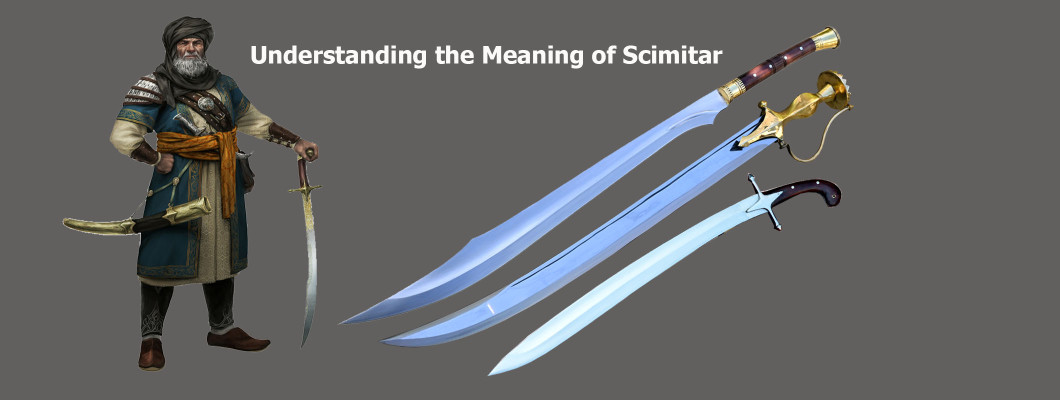
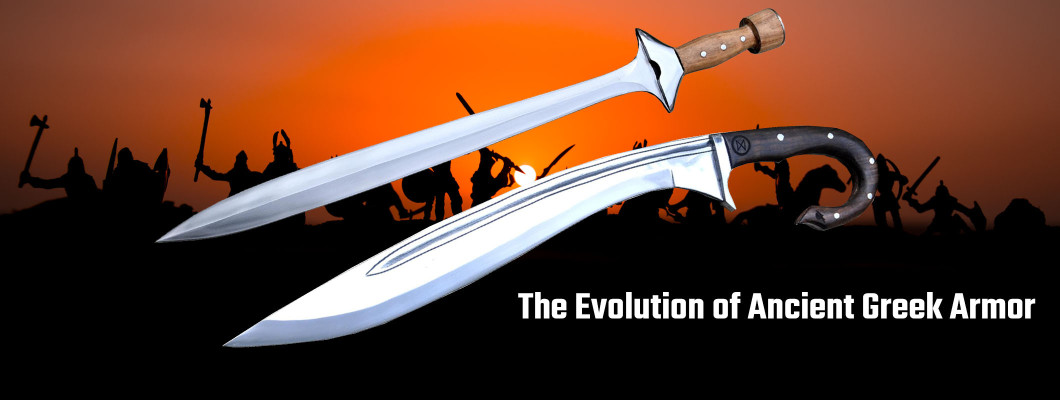
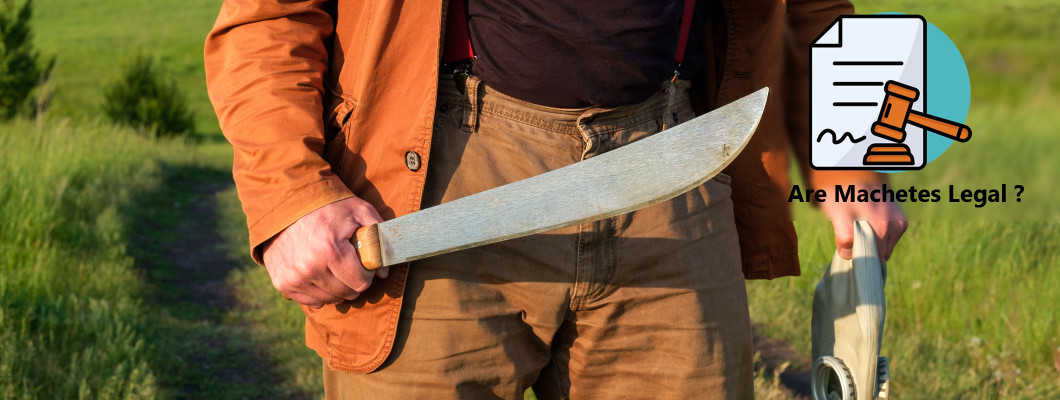


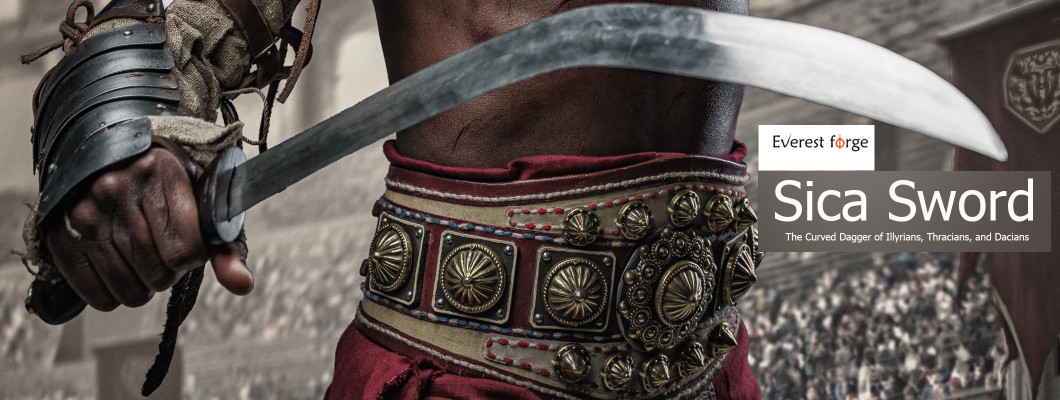

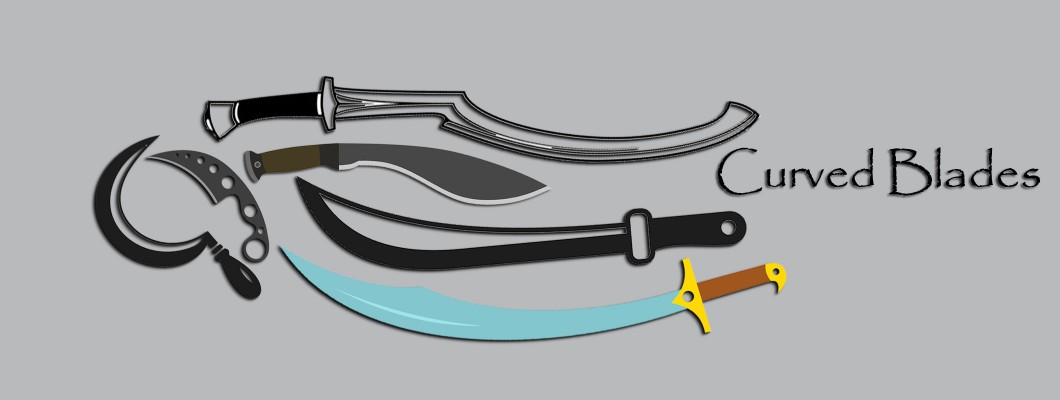
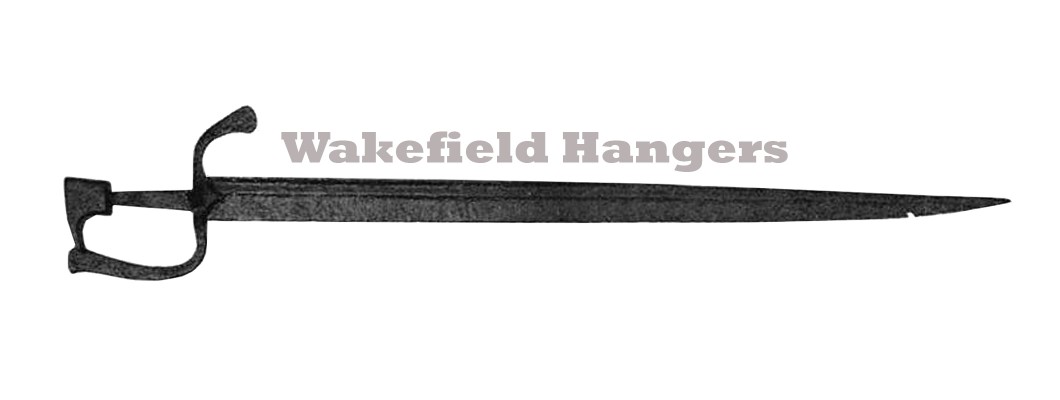
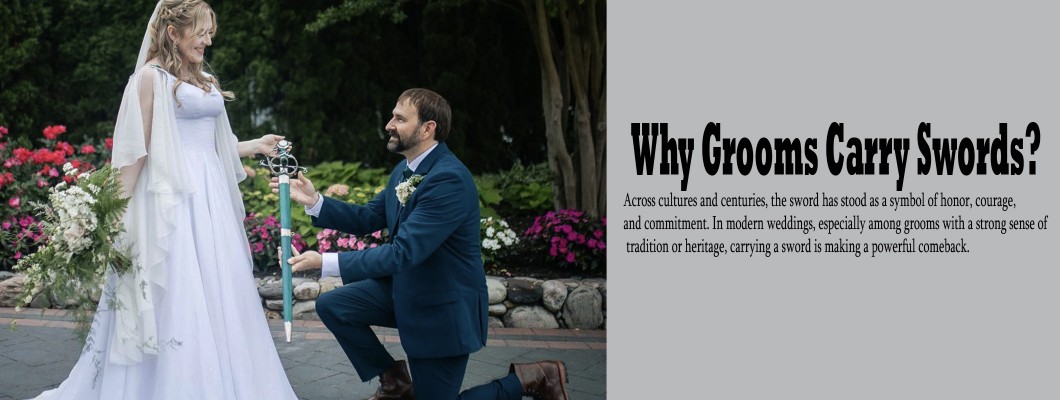
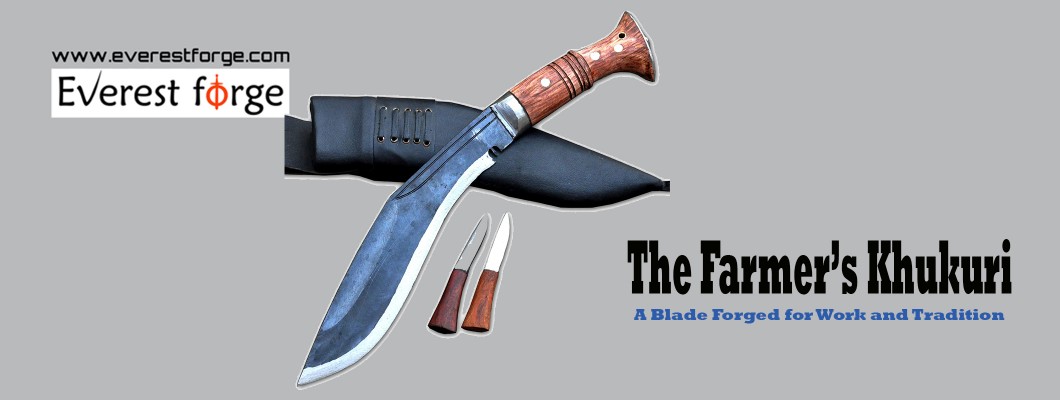

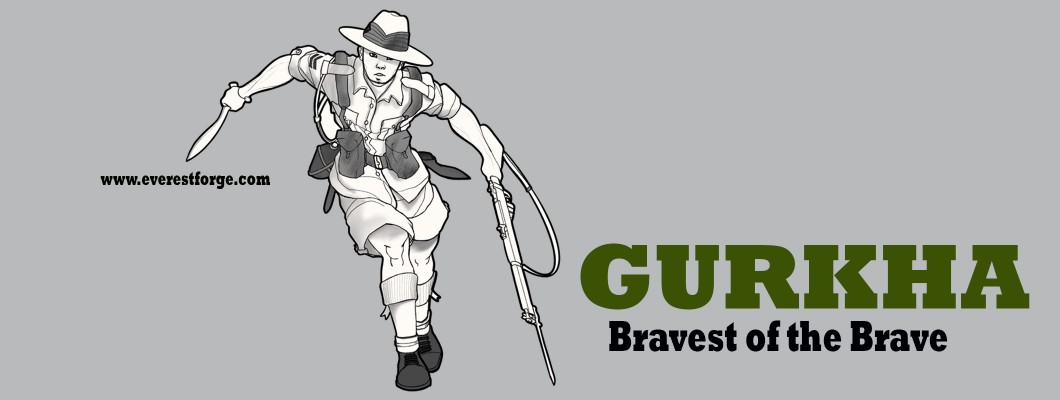
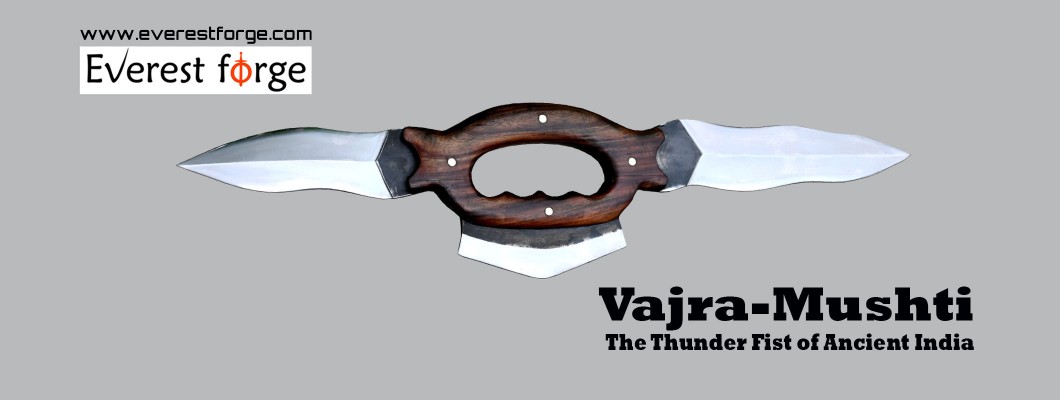
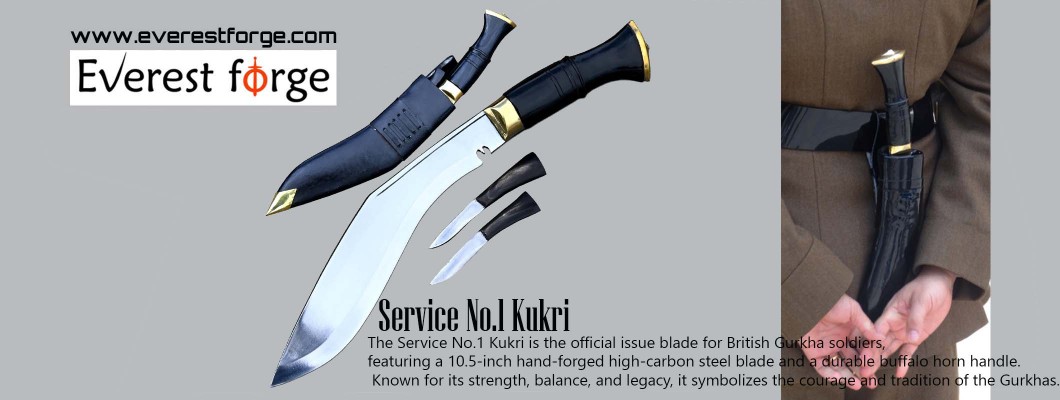
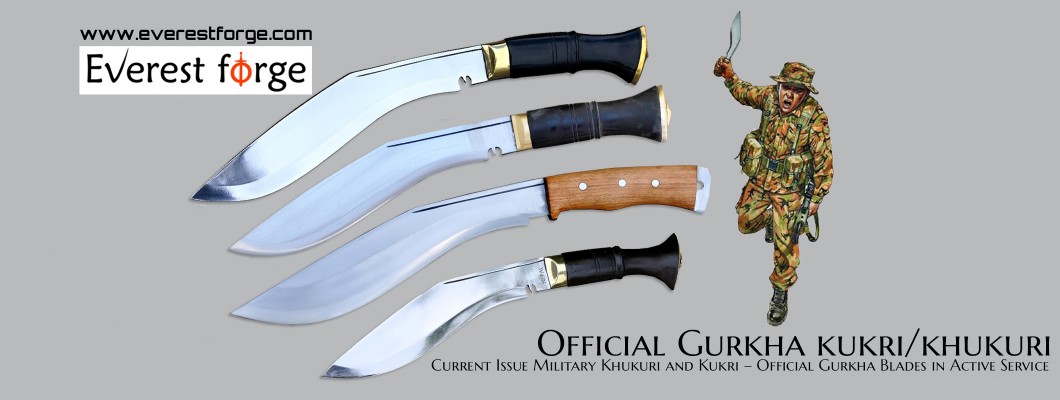
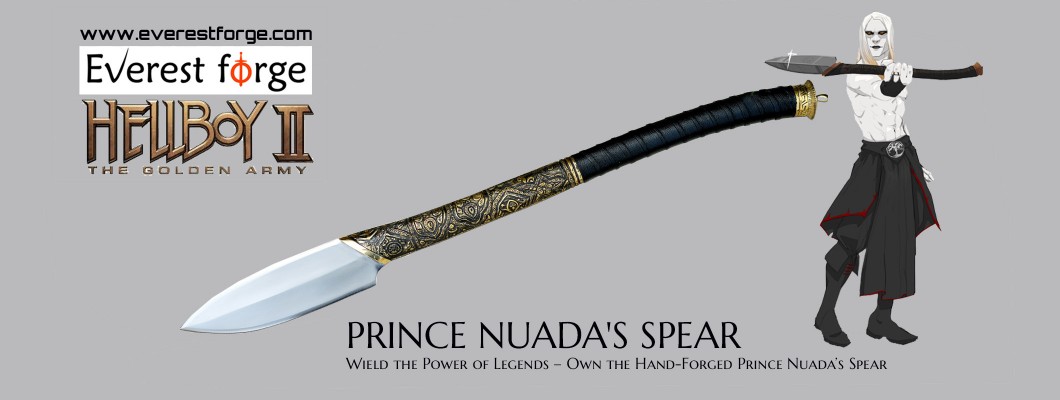

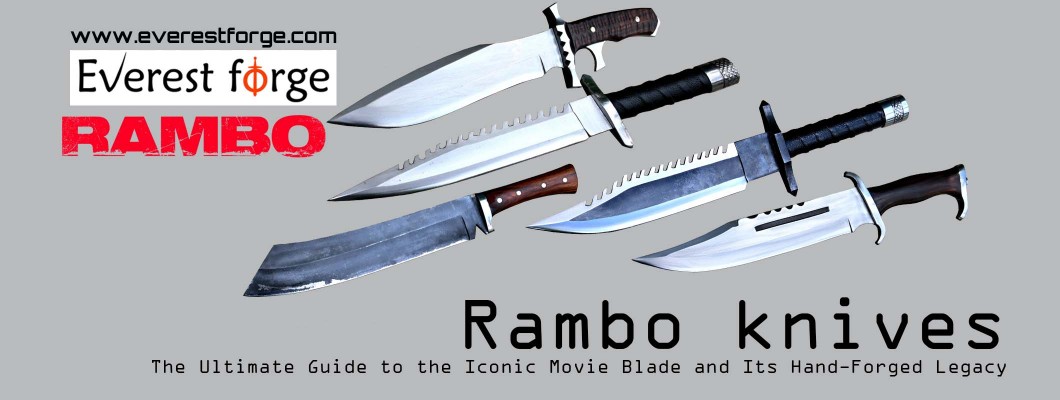





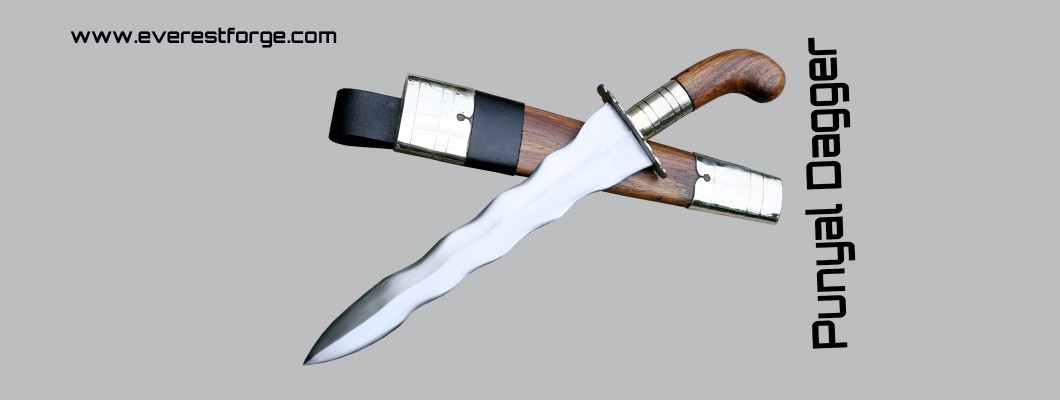
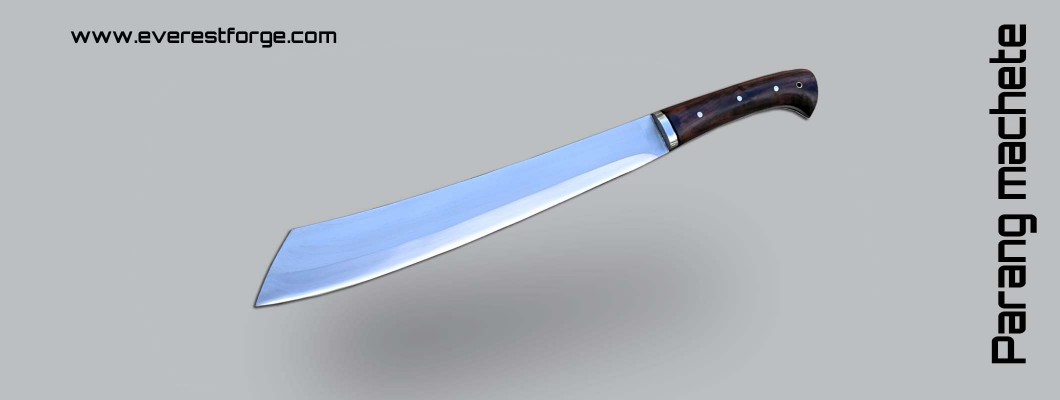
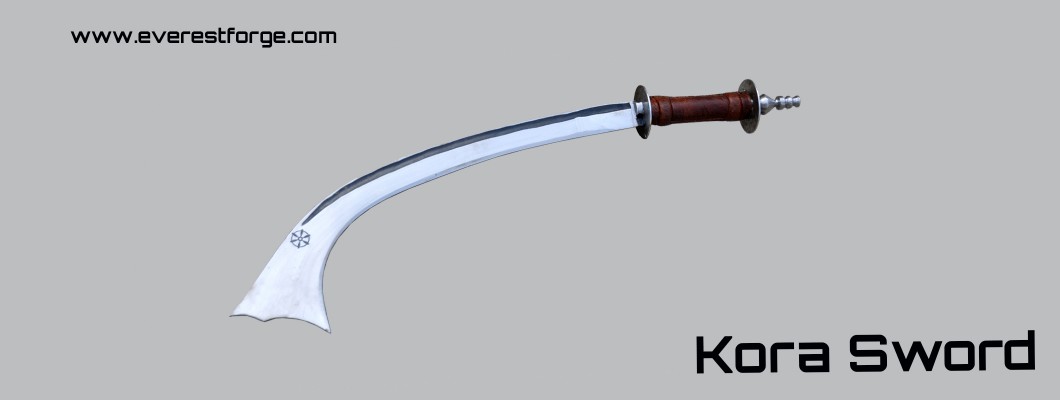
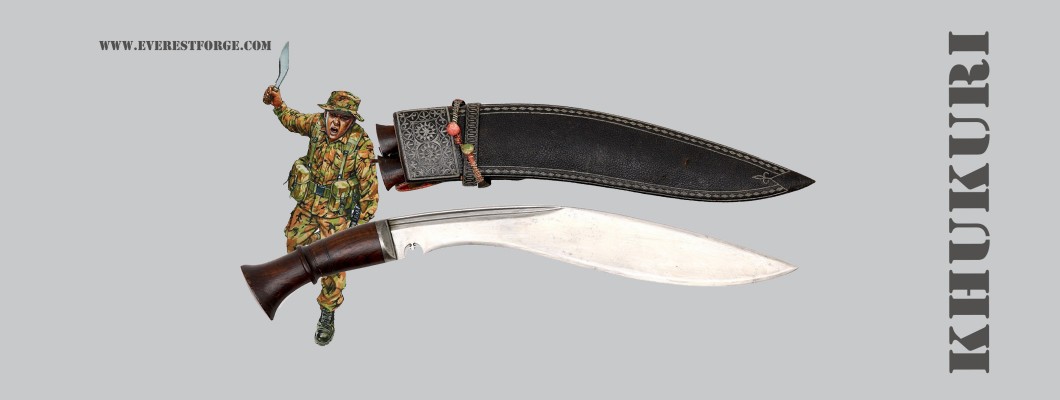
Leave a Comment